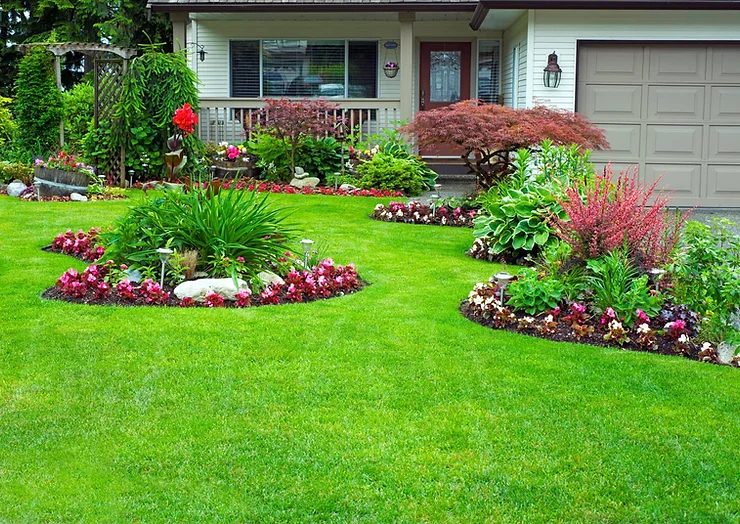By: Sophie Tuan
When it comes to landscaping our yards, it’s crucial to consider the impact on local wildlife and the environment. Many plants purchased from garden centers may not be native to the area, which can have unintended consequences. In this article, we explore the importance of native plants, the history of yards, and how incorporating a greater variety of species can create healthier ecosystems while reducing water usage and chemical pollution.
Throughout history, yards have evolved from functional spaces to aesthetic landscapes. In many neighborhoods across the United States, large areas of grassy lawns dominate the landscape. However, this traditional approach may inadvertently create an ecological wasteland that fails to support insects, birds, and other wildlife. It’s important to understand the historical context of yards to appreciate the need for change and the benefits of embracing a more diverse approach to landscaping.
One key consideration when choosing plants for our yards is their native status. Many garden center plants originate from regions with different climates and water availability. As a result, they may struggle to adapt to local conditions, leading to increased water consumption and a lack of food sources for native wildlife. Native plants, on the other hand, have evolved alongside local wildlife and are better suited to provide essential resources such as nectar, pollen, and food for native pollinators.
Experts suggest that incorporating a greater variety of plants and animals in our yards can have numerous benefits. By diversifying our landscapes, we can save water and reduce the need for chemical pesticides and fertilizers. Native plants attract a wider range of pollinators, leading to improved pollination and increased biodiversity. This is important because a diverse ecosystem can naturally control pests, reducing the reliance on toxic chemicals that harm both wildlife and the environment.
In addition to water conservation, diverse landscaping can also help combat pollution. Chemical pesticides and fertilizers used in traditional lawn care practices can contaminate water sources and harm beneficial insects and wildlife. By embracing native plants and natural pest control methods, we can reduce chemical pollution and create a healthier environment for all.
As we strive to create healthier ecosystems and support local wildlife, it’s essential to consider the history of yards, the importance of native plants, and the impact of diverse landscaping. By choosing native plants and embracing a wider variety of species, we can conserve water, reduce chemical pollution, and create vibrant ecosystems that benefit both humans and wildlife.











